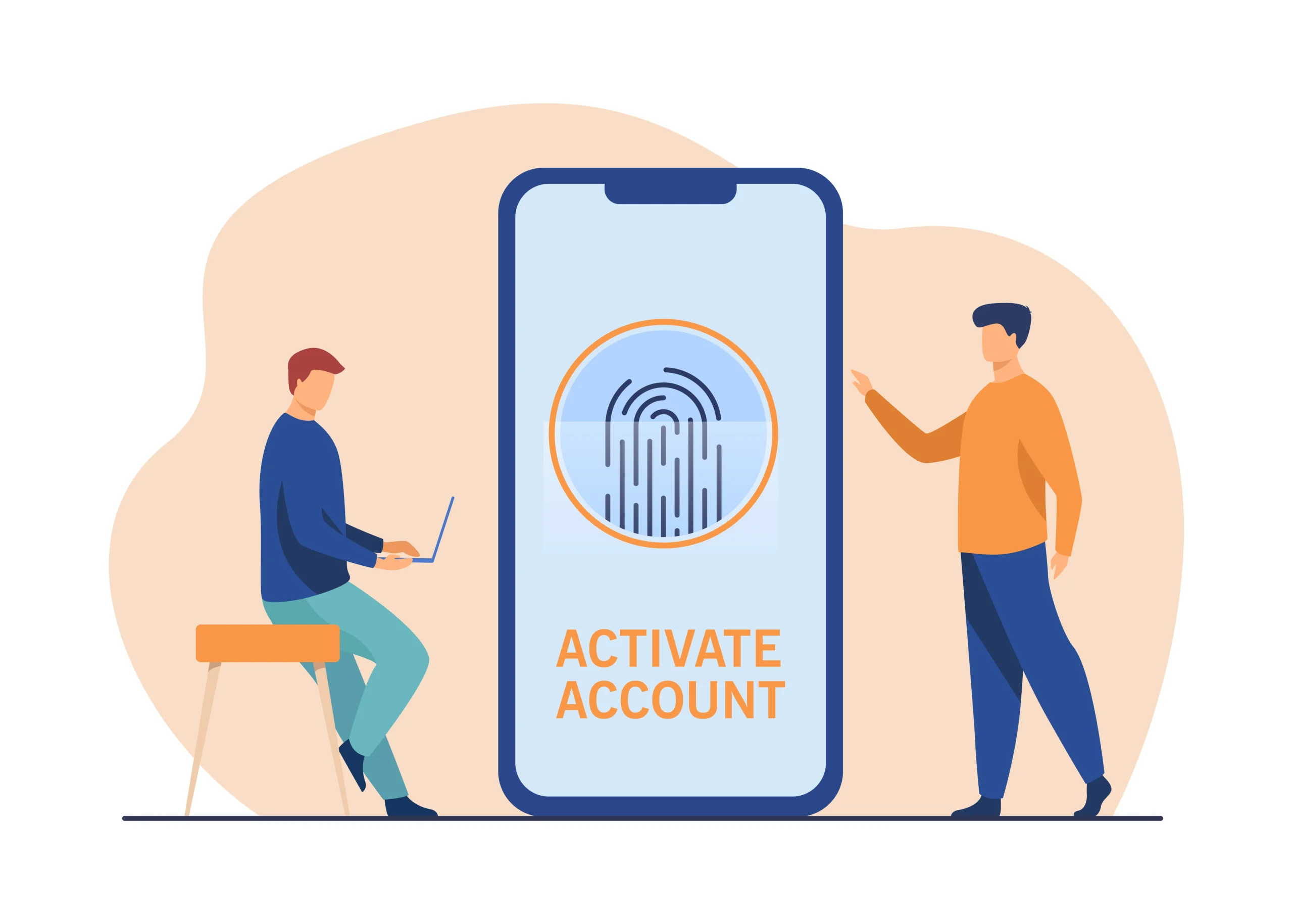Making a call, whether it’s a phone call or a video call, is a common task in both personal and professional settings. However, effective calling involves more than just dialing a number. This guide will provide you with detailed steps and tips on how to make successful calls, ensuring clear communication and positive interactions.
Introduction
In today’s digital age, calling is a fundamental skill, whether for business, personal communication, or remote work. Knowing how to make a successful call involves understanding the different types of calls, preparing adequately, and using best practices for communication. This guide will walk you through the process, from the initial preparation to post-call follow-up.
Types of Calls
Phone Calls
Phone calls are the most traditional form of calling, typically made via mobile phones or landlines. They can be personal, professional, or emergency calls.
Personal Calls
- Purpose: To connect with friends or family for casual conversations or important updates.
- Best Practices: Ensure you choose a good time to call and keep the conversation engaging and respectful.
Professional Calls
- Purpose: To discuss work-related matters, schedule meetings, or handle business inquiries.
- Best Practices: Be clear and concise, maintain a professional tone, and ensure you have all necessary information before calling.
Video Calls
Video calls have become increasingly popular for both personal and professional interactions, especially with the rise of remote work.
Personal Video Calls
- Purpose: To stay connected with friends and family, share experiences, or celebrate events.
- Best Practices: Choose a quiet location, ensure good lighting, and test your equipment beforehand.
Professional Video Calls
- Purpose: To conduct meetings, interviews, or collaborative work.
- Best Practices: Dress appropriately, prepare your environment, and be punctual.
Steps to Making a Successful Call
Step 1: Preparation
Identify the Purpose of the Call
Understanding why you are calling helps you stay focused and organized. Determine if the call is for information, to make arrangements, or to resolve an issue.
Gather Necessary Information
Before making the call, ensure you have all relevant information at hand. This might include:
- Contact Details: Phone number, email address, or video call link.
- Background Information: Details about the person or topic you’re calling about.
- Notes: Key points or questions you want to address during the call.
Choose the Right Time
Timing can significantly impact the success of your call. Consider:
- Time Zones: If calling someone in a different time zone, ensure it’s an appropriate time.
- Availability: Avoid calling during busy times or when you know the person might be unavailable.
Step 2: Making the Call
Dialing and Connection
- Phone Calls: Dial the number carefully and wait for the call to connect.
- Video Calls: Click on the call link or application and ensure your video and audio settings are correct.
Introduction
Begin the call by introducing yourself and stating the purpose clearly. For professional calls, it’s helpful to reference any prior communication or context.
Example:
“Hello, this is [Your Name] from [Your Company]. I’m calling regarding the recent project update we discussed last week.”
Communication
Effective communication during the call involves:
- Clarity: Speak clearly and at a moderate pace.
- Active Listening: Pay attention to the other person’s responses and avoid interrupting.
- Politeness: Use polite language and maintain a respectful tone throughout the conversation.
Step 3: Handling the Call
Addressing Key Points
Stick to the main topics you intended to discuss. If new topics arise, address them briefly and decide if they need further discussion.
Managing Interruptions
If interrupted, politely ask if you can complete your point or reschedule if the interruption is significant.
Example:
“Excuse me, I just need to finish this point. Could we continue discussing this after?”
Closing the Call
Conclude the call by summarizing key points or actions required. Confirm any follow-up actions or next steps and thank the other person for their time.
Example:
“Thank you for your time today. To summarize, we will send you the updated report by Friday. I look forward to our next meeting.”
Step 4: Post-Call Follow-Up
Documentation
After the call, document important details, such as:
- Key Points Discussed: Summarize the main points of the conversation.
- Action Items: Note any tasks or follow-ups required.
Follow-Up Actions
Complete any agreed-upon actions promptly and keep the other party informed of progress.
Example:
“Following our call, I have attached the document we discussed. Please review and let me know if you have any questions.”
Feedback and Improvement
Reflect on the call to identify areas for improvement. Consider:
- What Went Well: What aspects of the call were successful?
- Areas for Improvement: What could you do differently in future calls?
Best Practices for Effective Calling
Technical Preparation
Ensure your equipment is functioning correctly before making the call. This includes:
- Phone: Check battery life and signal strength.
- Video: Test your camera, microphone, and internet connection.
Professional Etiquette
Maintain professionalism by:
- Dressing Appropriately: Dress according to the context of the call, especially for video calls.
- Minimizing Distractions: Choose a quiet location and minimize background noise.
Building Rapport
Establish a connection with the person you’re calling by:
- Being Friendly: Use a warm and engaging tone.
- Showing Empathy: Be understanding and considerate of the other person’s perspective.
Conclusion
Making a successful call involves careful preparation, clear communication, and effective follow-up. By understanding the different types of calls, preparing thoroughly, and adhering to best practices, you can ensure that your calls are productive and positive. Whether you’re making a personal call or a professional one, these steps will help you achieve your objectives and maintain effective communication. Remember, practice and reflection are key to improving your calling skills and making each call a success.


